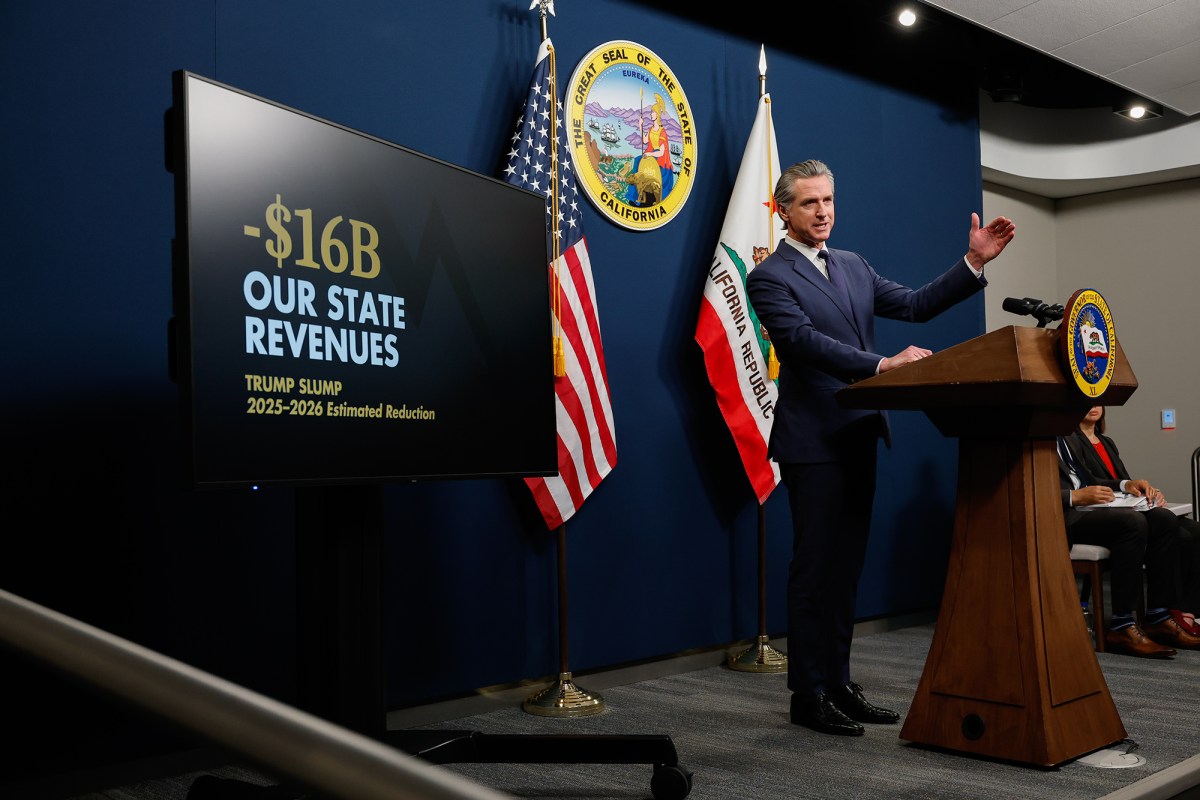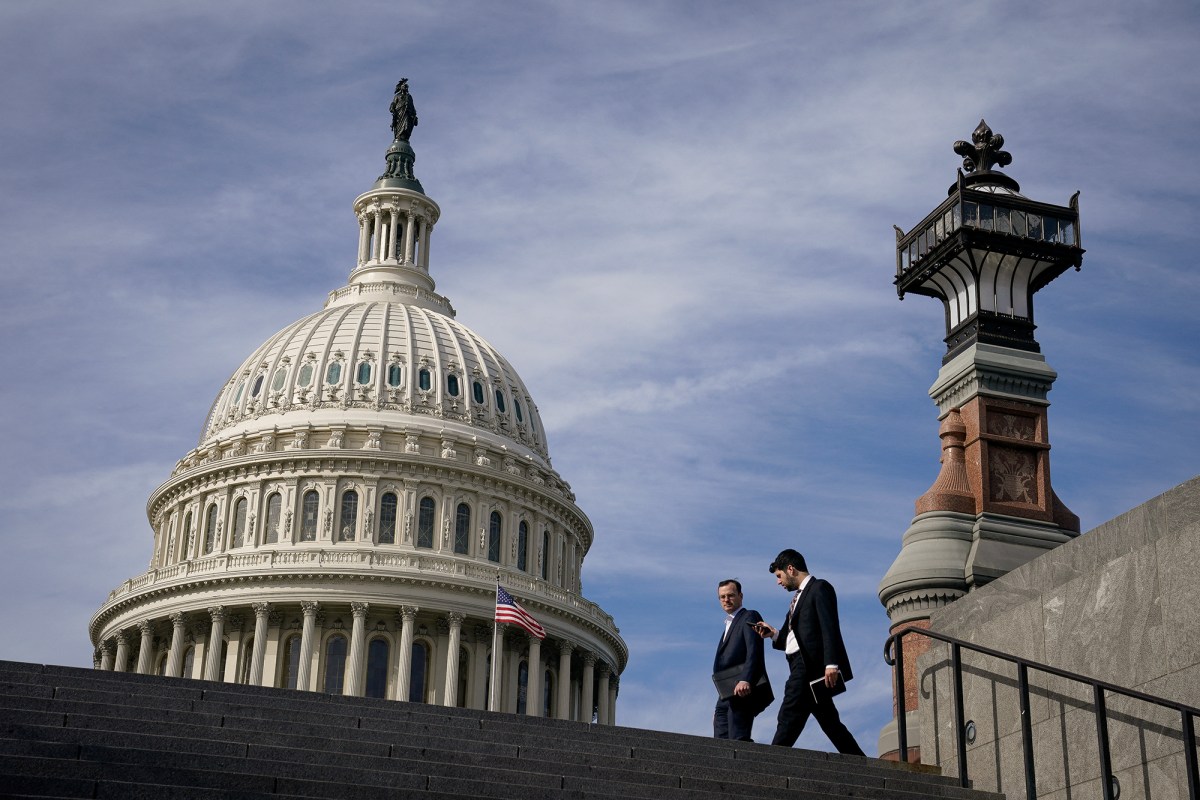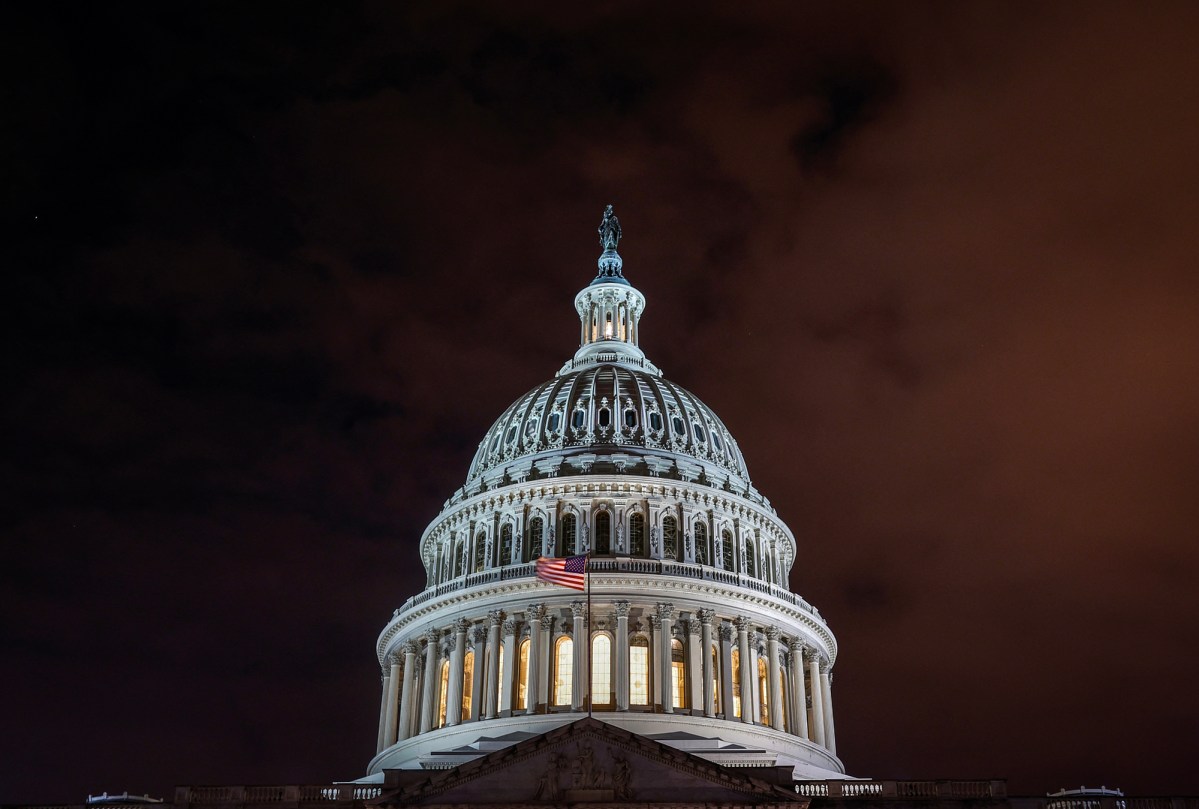Welcome to CalMatters, the only nonprofit newsroom devoted solely to covering statewide issues that affect all Californians. Sign up for
WeeklyMatters
for a Saturday morning digest of the latest news and commentary from the Golden State.
This story is part of
California Voices,
a commentary forum aiming to broaden our understanding of the state and spotlight Californians directly impacted by policy or its absence. Learn more
here
.
When Gov. Gavin Newsom and legislative leaders were drafting a more-or-less final 2025-26 state budget last month, they were closing what they described as a $12 billion deficit, a number that the state’s media repeatedly cited.
It was the wrong number; it minimizes the state’s chronic gap between income and outgo, as the state’s
official budget summary
released this week confirms.
The budget projects that the state will receive $208.6 billion in general fund revenues during the fiscal year that began on July 1, but it will spend $228.4 billion, a gap just shy of $20 billion.
The $12 billion figure stems from counting a $7.1 billion diversion from one of the state’s reserve accounts as revenue — an assumption that violates common sense as well as any legitimate accounting scenario.
The more accurate figure of $20 billion is important because it squares with projections by Newsom’s Department of Finance and the Legislative Analyst’s Office that California has what’s called a
“structural deficit”
in the range of $10 billion to $20 billion a year.
In other words financing all of the programs and services now in state law will indefinitely cost that much more each year than the state is likely to receive in revenues.
The budget closes about a third of the $20 billion gap with an aforementioned $7.1 billion shift from the emergency reserve — money that’s supposed to be used to cushion the impact of an economic downturn or calamities such as the wildfires that devastated Los Angeles, earthquakes or destructive storms.
The deficit isn’t a genuine emergency because it resulted from irresponsible political decisions, particularly Newsom’s declaration in 2022 that the state had a $97.5 billion budget surplus and thus could afford a sharp increase in spending.
The surplus was a mirage, based on assumptions of a $40 billion annual increase in revenues that never happened. Last year, the Department of Finance acknowledged that revenues over four years would
fall short of expectations by $165 billion
.
However, much of the phantom money was already spent, thereby creating the structural deficit that Newsom and the Legislature basically ignored in putting together the current budget.
The $12 billion gap left after the reserve fund shift was mostly papered over with on- and off-budget loans from special funds, shifting some spending into future years and using accounting gimmicks, such as shifting some current year spending, the June 2026 state payroll for instance, into the next fiscal year.
Read Next
California’s deficit dilemma: Cut spending, borrow money or raise taxes?
One could liken the state budget to a family that takes out loans on its credit cards to finance a lavish lifestyle, or a city that provides pension benefits it cannot afford.
Sooner or later, the debts pile so high that they can no longer be ignored and the day of reckoning arrives. That’s one reason why more than
30,000 Californians file for bankruptcy
each year and why
several California cities have gone bankrupt
in recent years.
States cannot file for bankruptcy, no matter how distorted their finances. If they could, California would not qualify because of its almost unlimited ability to borrow money from special funds.
However, there will be a day of judgment if California’s spending continues to outpace its revenues, particularly if the state’s economy continues its
sluggish performance
.
Newsom and legislators implicitly assume that at some point revenues will increase enough to cover their spending and pay off their debts — just as a debt-ridden family buys lottery tickets in hopes of avoiding bankruptcy.
Read More
Newsom agrees to ease budget cuts as California seeks more time to fix growing deficit
California budget deal cooks the books again to hide big ‘structural’ deficit
Read more from CalMatters
Text
Get breaking news on your phone.
Download
Keep up with the latest via our app.
Sign up
Receive free updates in your inbox.
Safeguard independent news for California’s future
For 10 years, CalMatters has informed millions of Californians and kept our government and special interests in check.
- We report what’s happening.
- We ask the hard questions.
- We make our government transparent to Californians.
Right now, every donation is matched dollar-for-dollar. Please make today the day you support CalMatters.
Without independent, relentless reporting, accountability slips:
- People lose visibility into decisions that shape their future.
- Misinformation and special interests gain more ground.
- Public trust erodes.
Don’t let that happen. Give today to safeguard independent and fearless CalMatters journalism.
Give today, because the news can’t wait.












With Kamala Harris out, who will emerge as frontrunner in California governor’s race?